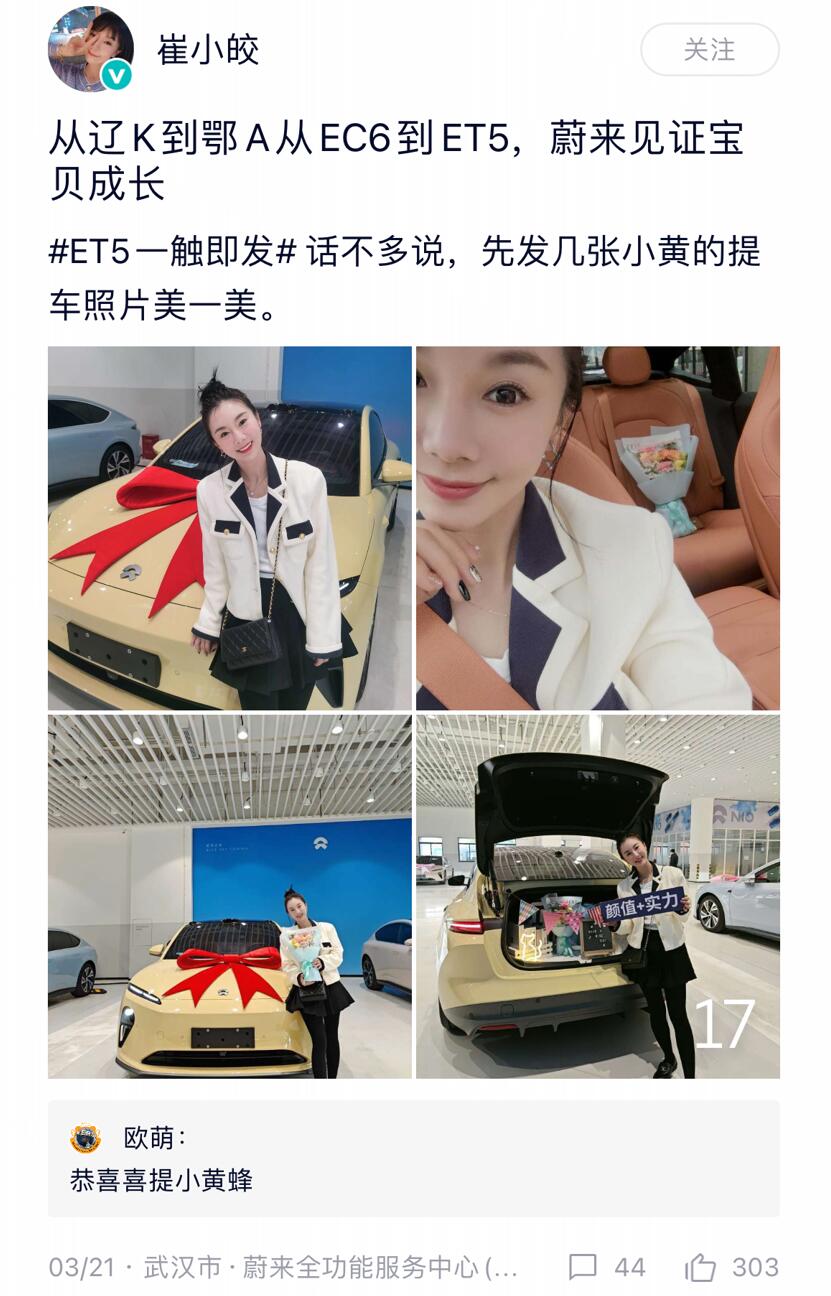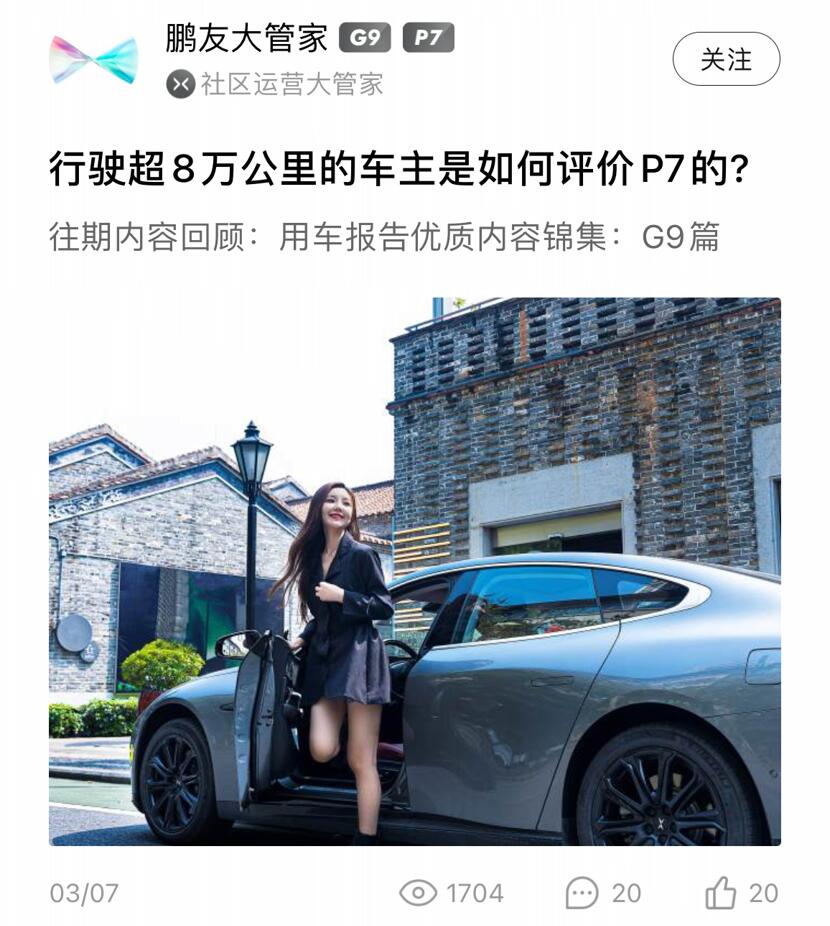NIO and Li Auto's mobile apps have been featuring pretty girls significantly more often lately, while XPeng is running a campaign to encourage users to share such content on its app.

Whenever we open the NIO (NYSE: NIO) mobile app to see what's going on at the company, there are always posts with lots of pictures of pretty girls on the front page.
This practice has been seen occasionally before, but has become more frequent this year with the large deliveries of the ET5 sedan.
We found a similar practice after taking a deeper look at the mobile apps of Li Auto (NASDAQ: LI) and XPeng (NYSE: XPEV), with the latter launching a campaign to encourage ladies to make similar posts.
The NIO App is a great source for monitoring information about NIO and a great way for many people to learn about the company's developments and vehicle models.
The app has probably the largest number of users of any Chinese carmaker, and may even surpass many popular apps from local tech giants.
As of December 12, 2022, the NIO App had accumulated more than 5 million registered users, Qin Lihong, the company's co-founder and president, said in a media communication late last year.
Qin said at the time that NIO App had more than 380,000 daily active users and could reach more than 400,000 at its peak.
"Now many people treat NIO App as a vertical media, and a popular one. Not only the content shared by NIO users, but I believe you can also get a lot of industry information, including the latest news, from our app," Qin said.
Before this year, pretty girls didn't appear in the NIO App very often, perhaps because the company had previously been delivering models with high prices and targeted mainly a relatively affluent demographic.
With the mass delivery of the ET5, which targets a younger demographic, pretty girls are appearing significantly more often in the NIO App.
In January-February, NIO delivered 20,663 vehicles, of which the ET5 contributed 12,266, or 59 percent, according to data monitored by CnEVPost.
More than half of NIO owners are ladies, and 83.9 percent have a bachelor's degree, according to a report released last month by local market research firm Sino Monitor.
The Li Auto App shows a similar picture, especially as deliveries of the new SUV Li L7 begin.
Li Auto targets family users, and the Li L9 and Li L8 are both six-seat models. The large space and well-considered details make them a must-consider option for many families with children when purchasing a car.
Before this year, the Li Auto App showcased posts shared from users that essentially described how the vehicles had worked for their families.
But as deliveries of the company's first five-seat SUV, the Li L7, begin this month, there are more posts with photos of pretty girls, although the company is still emphasizing that the SUV is still aimed at families.
There are relatively fewer posts with photos of pretty girls in XPeng's mobile app, but that doesn't mean the company doesn't want to recommend such content.
Earlier this month, the company posted a thread on the XPeng App calling on female car owners to share their experiences with their cars, and prizes will be awarded for the best content.
The campaign runs from March 2 to March 31, and XPeng will announce which ones have won rewards on April 5.
Understandably, NIO, Li Auto and XPeng are doing this. After all, articles with pictures of pretty girls are more likely to attract readers to click on them, thus increasing people's understanding of their products.
NIO and Li Auto have done better in this regard, in large part perhaps because their helmsmen were previously the founders of two of China's largest automotive media outlets.
Li Xiang, the founder, chairman and CEO of Li Auto, is the founder of Auto Home, and William Li, the founder, chairman and CEO of NIO, is the founder of Yiche. The websites of these two auto media outlets attract tens of millions of users every day, and posts with pictures of pretty girls are common.
Here are screenshots of some of the content recommended on the NIO App homepage.









Here are screenshots of some of the content recommended on the Li Auto App homepage.







Below are screenshots of some of the content from the XPeng App.






The post The common feature of NIO, Li Auto, XPeng's mobile apps? Pretty girls! appeared first on CnEVPost.
For more articles, please visit CnEVPost.
































